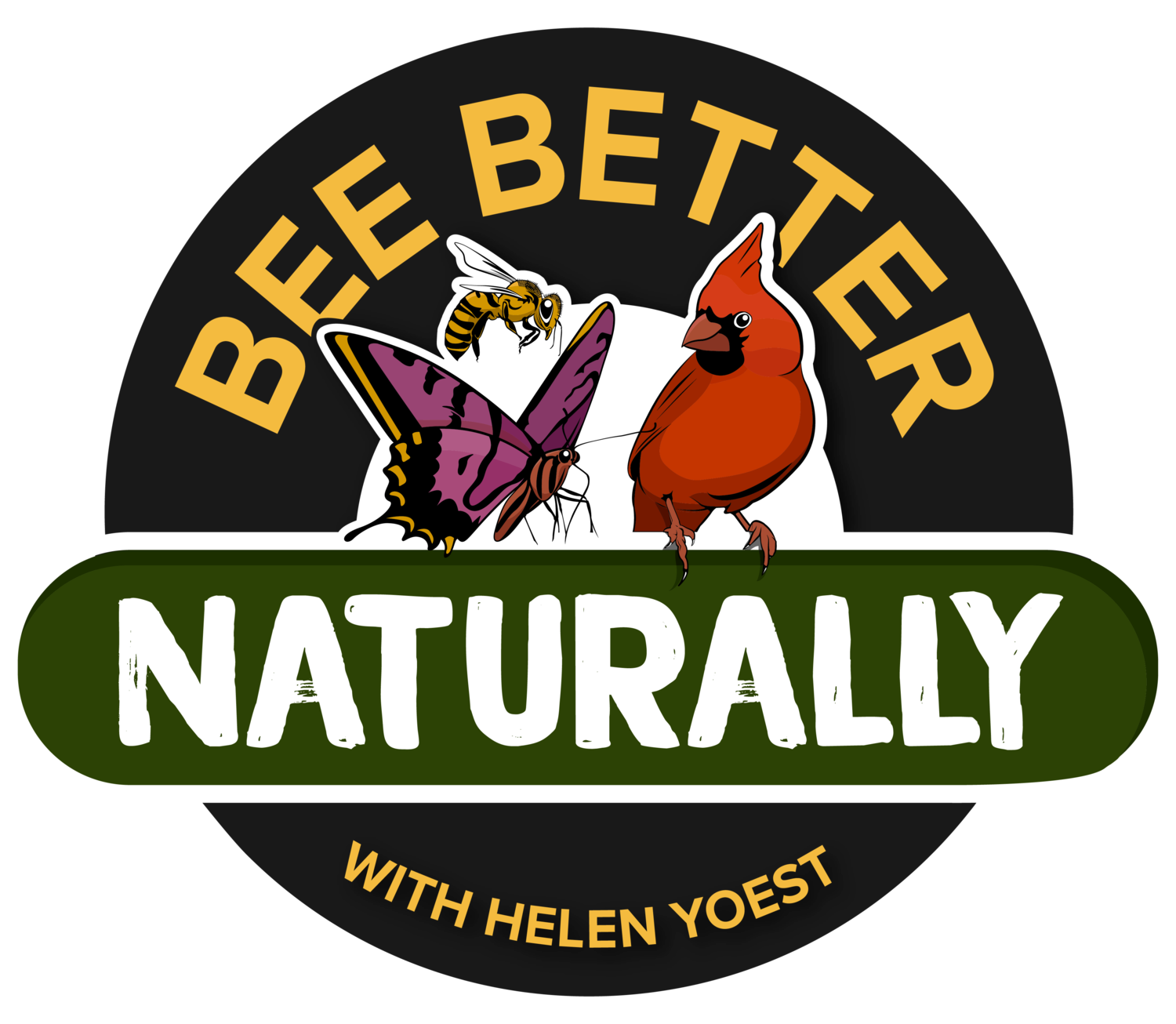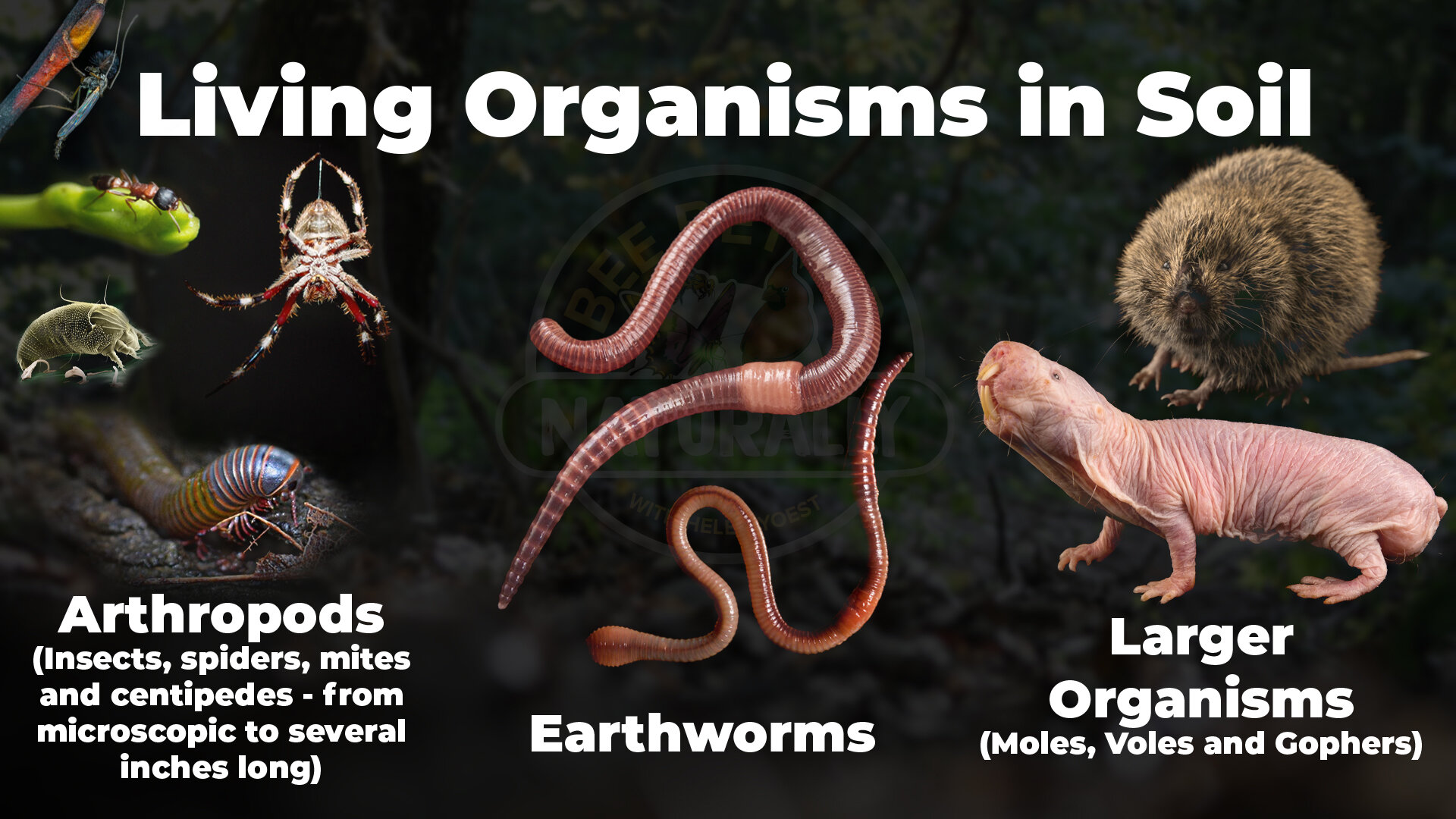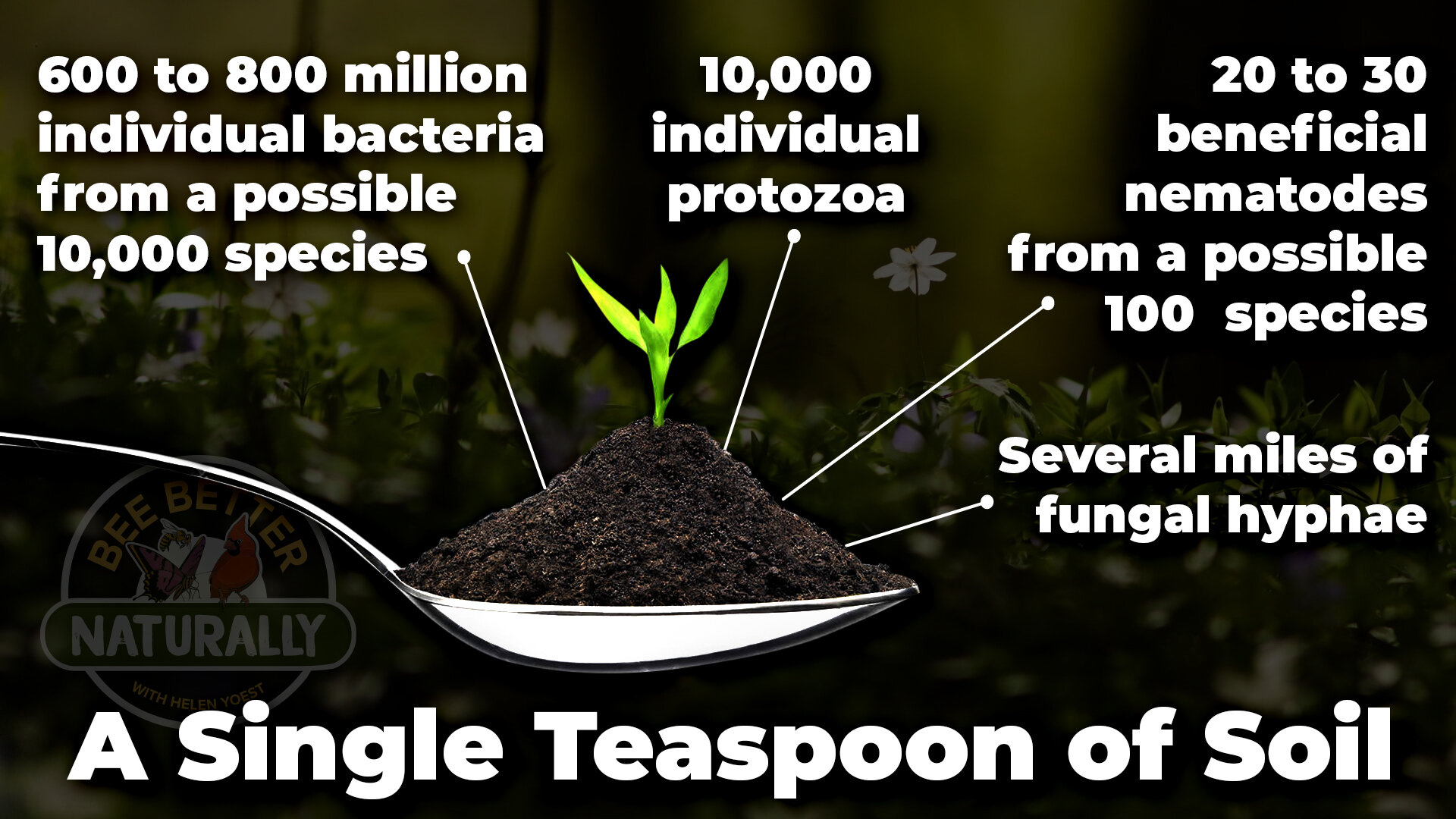Without a doubt, I have the best soil in six states! And I made it myself. When we bought our home in 1997, our soil was solid clay. To remedy this, the garden soil was amended, one planting hole at a time and over time!
To have the perfect garden for your particular plot of land, you should only grow what grows there now or what could grow there. However, we must remember something—often, new neighborhoods have had their topsoil stripped! Your soil is likely subsoil. While difficult to work with, but it’s rebuildable!
My the case of my garden, I amended the existing soil by mixing the native soil (clay, in my case) with a bucket full of compost to each hole! And then yearly, I add three- to four-inches of composted leaf mulch from the City of Raleigh. Mulch adds nutrients, retains moisture, keeps soil from heaving in the winter, makes the garden look tidy, and adds nutrients.
Soil is the key to both animals and plants we depend on, including ourselves. Our soil isn’t something we can take for granted. As gardeners, caring for the soil must always be our priority, and the process of building soil fertility is vast and complex. Regardless of soil type, clay or sand, adding organic matter increases soil fertility.
What is Topsoil
Topsoil is formed from tiny particles weathered or worn from their parent materials (rock, of various types). Living organisms in the soil include bacteria, fungi, protozoa (single-cell animals), nematodes (minuscule non-segmented worms), arthropods (insects, spiders, mites, and centipedes from microscopic to several inches long), earthworms, and larger organisms such as moles, voles, and even gophers, which have their role to play in recycling nutrients and maintaining good soil structure.
Topsoil serves five essential functions: regulating water, sustaining plant and animal life, filtering and buffering potential pollutants, cycling nutrients, and physical stability and support.
Regulating Water
Soil helps control where rain, snowmelt, and irrigation water goes. Water and solvent hitch-hikers, called dissolved solvents, including minerals, salts, metals, cations, or anions dissolved in water, can either flow over the land and into our watershed, or filtered into and through the soil. It’s best to have a healthy soil that filters the solvents through the soil.
Sustaining Plant and Animal Life
Diversity and productivity of living things depend on soil. The number of living organisms in healthy topsoil is enormous: It’s estimated the total biomass of organisms in soil exceeds 15 tons per acre, with the weight of the bacteria alone invisible to the eye totaling 13 tons!
Filtering and Buffering Potential Pollutants
In the Bee Better Teaching Garden, all the rain that hits our land permeates and filters through the ground before going to the watershed, except for our driveway, and it is well-cracked. I’d crack it up more if I didn’t think my husband would leave me!
Minerals and microbes in the soil are responsible for filtering, buffering, degrading, immobilizing, and detoxifying organic and inorganic materials, including industrial and municipal by-products and atmospheric deposits.
Cycling Nutrients
Carbon, nitrogen, phosphorus, and many other nutrients are stored, transformed, and cycled in the soil.
Physical Stability and Support
Soil structure provides a medium for plant roots. Both the chemical composition of the parent material and the average particle size help determine fundamental characteristics of soil whether it is acid, alkaline, or neutral; and whether it is sand (large particle size) or clay (extremely small particle size.)
Healthy topsoil also consists of a complex community of living creatures, and each class of organisms has its own strategies for feeding itself, adapting to environmental conditions, and coexisting with its neighbors.
Any practice that destroys some or all of those classes of organisms is likely to reduce soil fertility.



